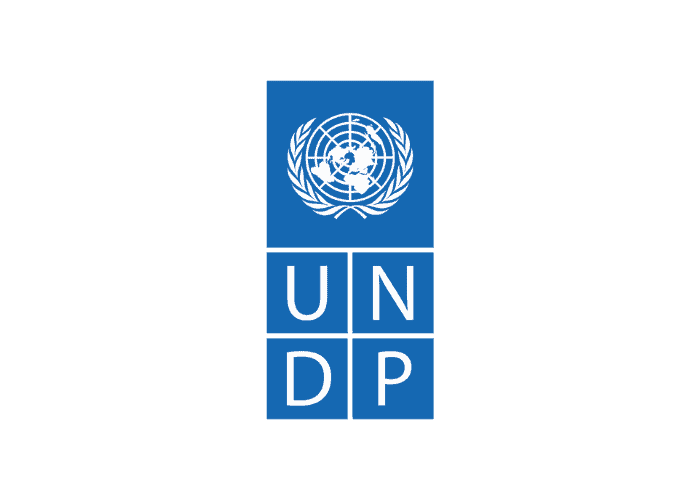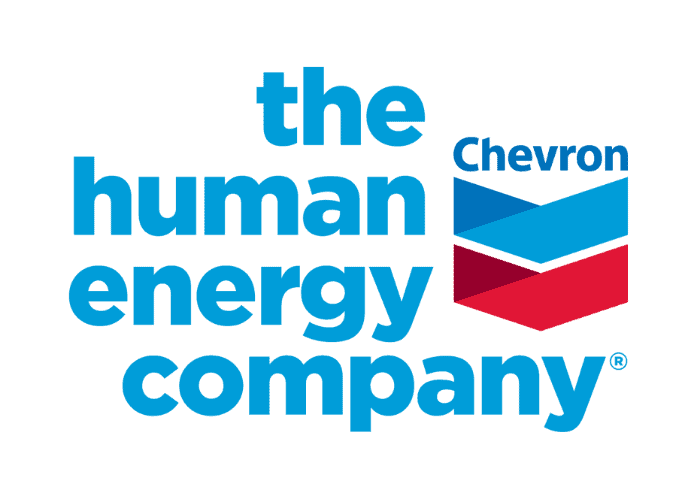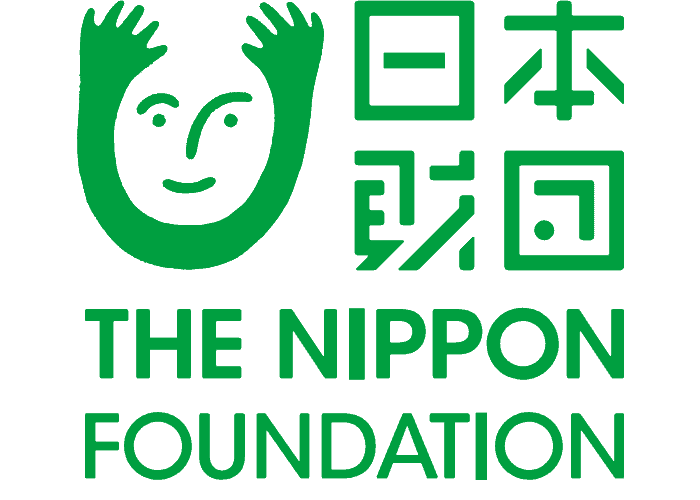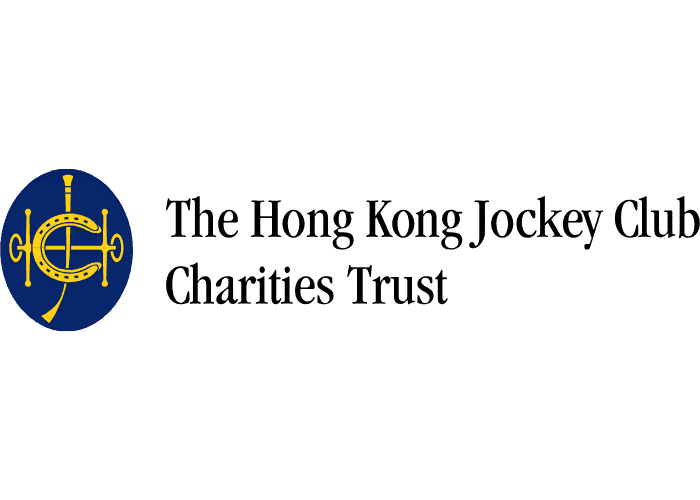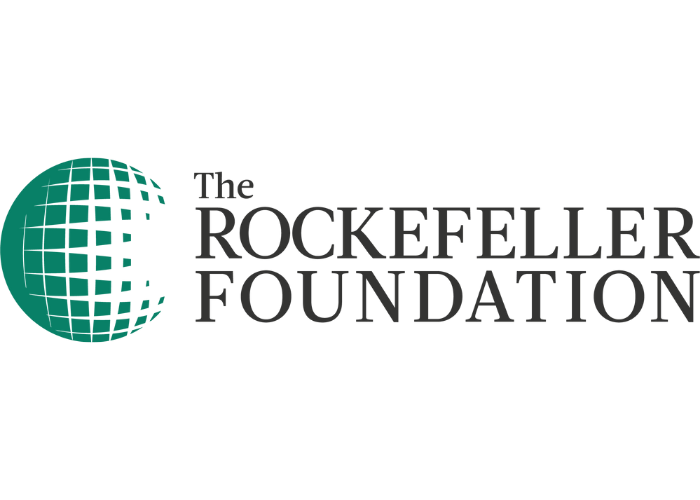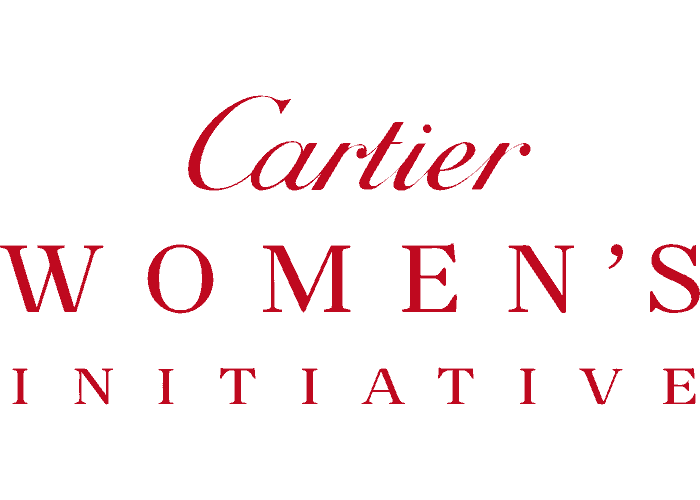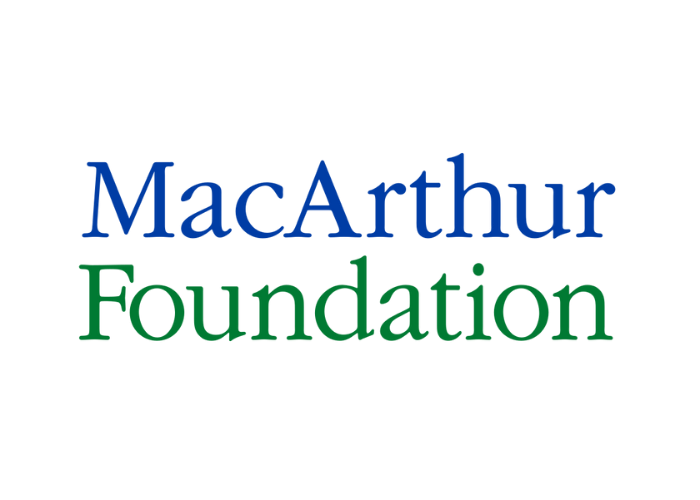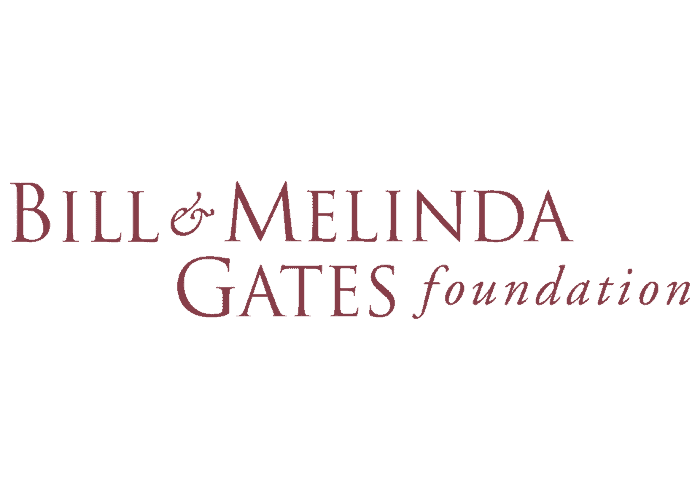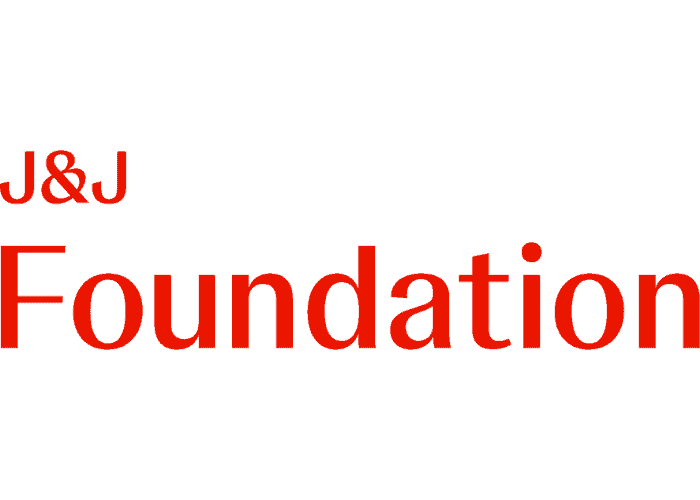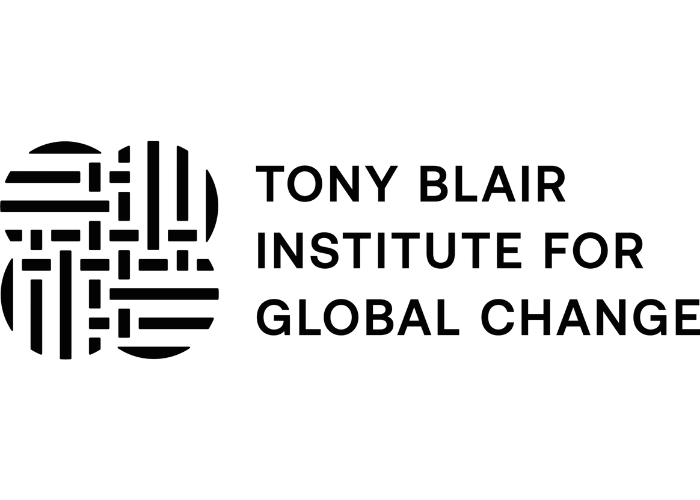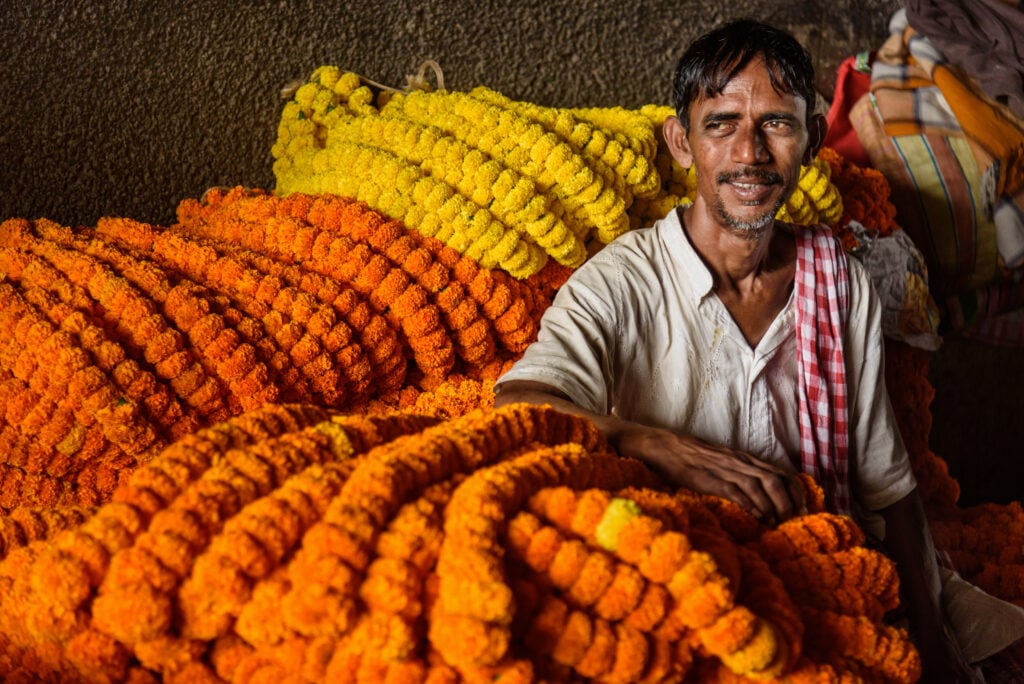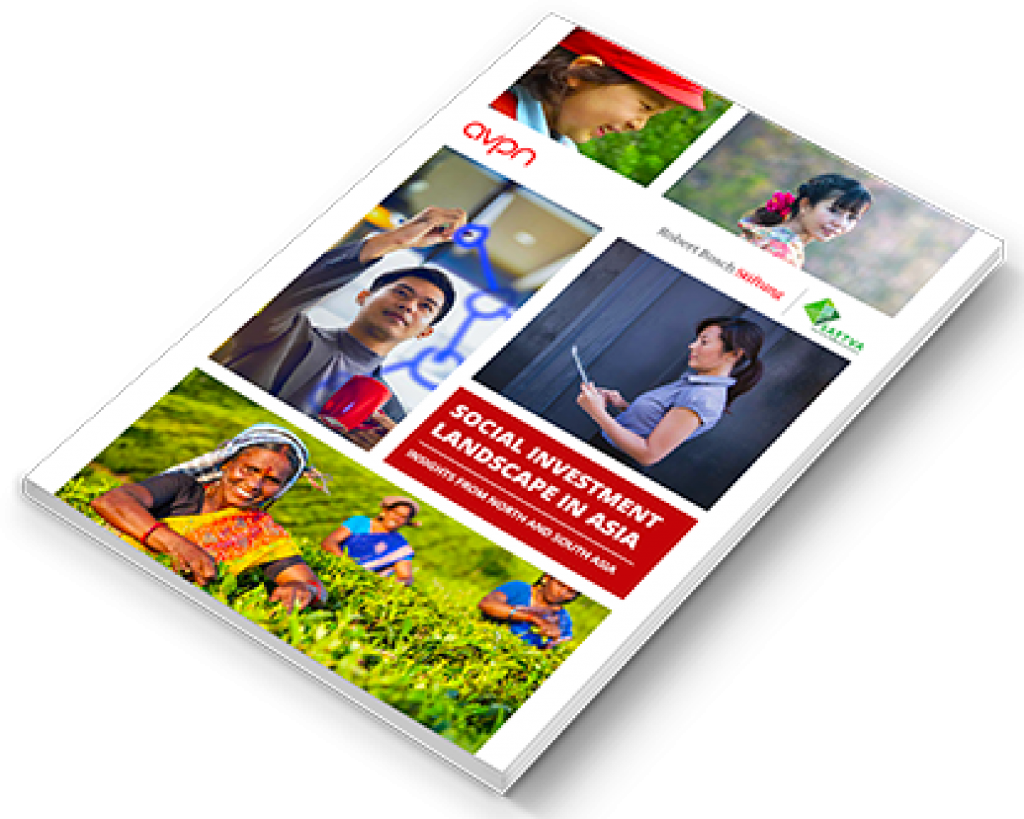Social Investment Landscape
India
Summary
Executive Summary
Following liberal economic reforms in the 1990s, India is now one of the fastest growing economies in the world. The country’s economic growth has been driven by the services sector, which has been consistently growing and accounted for 49% of GDP in 2017. After substantive reforms to improve its business environment, India is now ranked in the top 100 countries on the World Bank’s Ease of Doing Business Index.
Despite impressive economic growth, India continues to face significant development challenges. Poverty alleviation and equitable access to basic social services including education and health care remain at the forefront of national socio-economic discussions. India’s sustainable development will be dependent on the country’s ability to maintain economic growth while addressing the root causes of staggering poverty.
Backed by a rich tradition of social entrepreneurship, a collaborative philanthropic culture, a developed impact investing market and an engaged corporate sector, the Indian social economy is one of the most advanced in Asia and could become the key driving force towards systemic impact. Next generation philanthropists have emerged as a driver of innovative social investment. Meanwhile, the Indian impact investing and ESG investing markets are becoming increasingly mainstream. There was an impressive 25% increase in the number of corporate social responsibility (CSR) projects in 2017-2018 compared to 2016-2017. Finally, the resounding success achieved by the Educate Girls Development Impact Bond (DIB) has paved the way for a scaled-up version, the Quality Education India DIB, launched in September 2018.
India’s Fact File
India’s 2018 Fact File
81 91 in 2016
World Giving Index Rank
Dashboard
SDG Dashboard
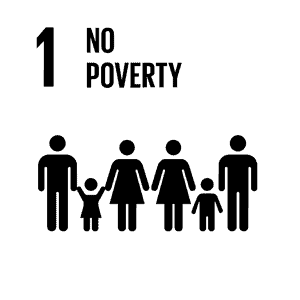
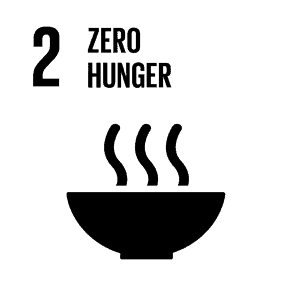
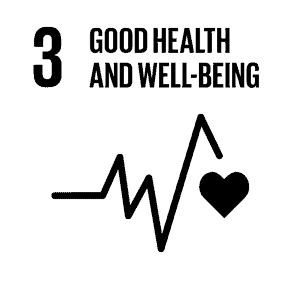
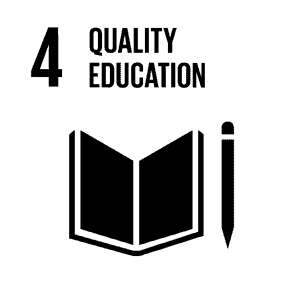
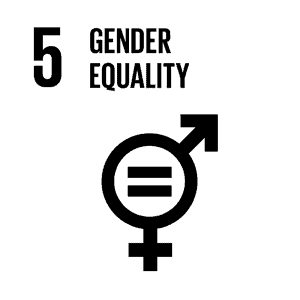
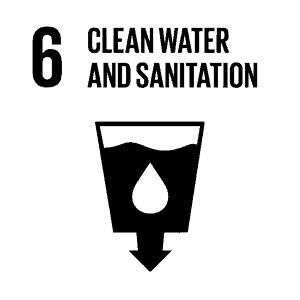
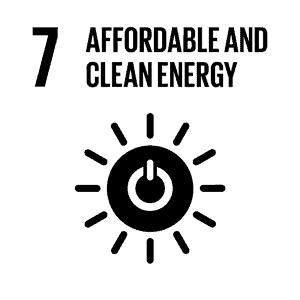
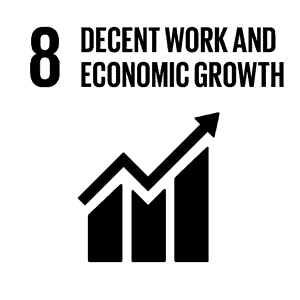
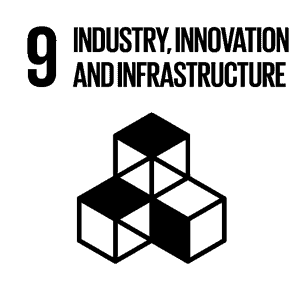

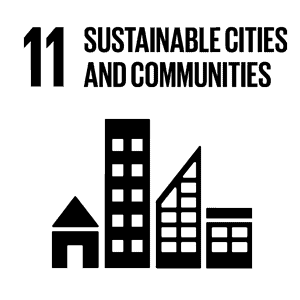
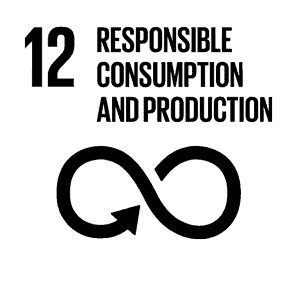
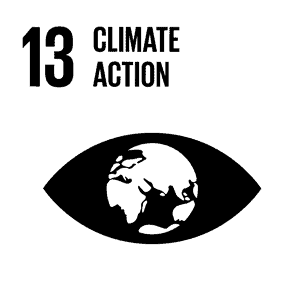
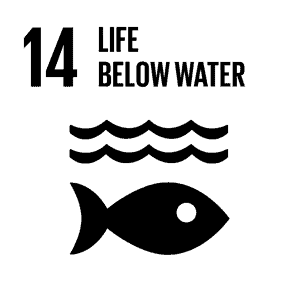
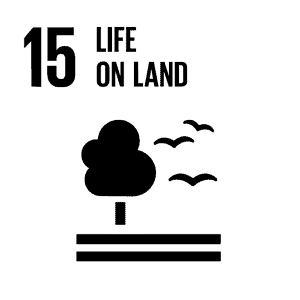
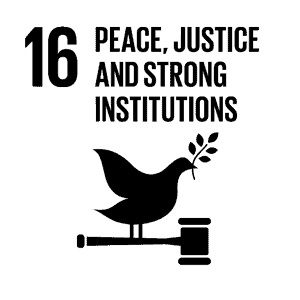

Source: sdgindex.org (2018)
Note: The “traffic light” colour scheme (green,yellow, orange, red) illustrates how far a market is from achieving a particular goal
Government Initiatives
Government Initiatives to Address Development Gaps
Agriculture
SDG Goals



Gap
- GDP contribution of agriculture continues to decline from 18% in 2015 to 16% in 2017.
- Rice represents 40% of food production in India but is estimated to see a drop of about 6–10% in yield by 2030.
- India is home to 25% of the global undernourished population.
Government Initiatives
- The seven-year National Development Agenda 2017-2024 sets goals to boost productivity by promoting crop diversification, reducing the strain on natural resources, and increasing small-holder farmer profitability with the goal of ensuring food security.
Climate action
SDG Goals



Gap
- Climate change in India has a 4–9% impact on agricultural productivity each year, resulting in a loss of approximately 2% in GDP annually.
- By 2020, water available for agricultural use may be reduced by 21%.
Government Initiatives
- India plans to reduce 27 million tons of carbon emissions by 2022.
- The National Mission for Green India aims to expand the forested area by 5 million hectares, conserve at least 10% of coastal and marine areas, and increase incomes of 3 million forest-dependent households by 2020.
Education and employability
SDG Goals


Gap
- In 2015, India’s national literacy rate of 72% was well below the world average of 86%.
- India’s total workforce rose to 520 million in 2017. Yet, only 5% of all workers have received skilled training.
Government Initiatives
- The 2016 National Education Plan sets a national literacy goal of 90% and prioritises raising the gross enrolment ratio in higher education from 24% to 30% by 2020-2021. Skills training will be incorporated into 25% of schools by 2020.
Energy access
SDG Goals

Gap
- India has one of the largest power systems in the world; yet 300 million people do not have access to electricity.
- Only 33% of total energy capacity was installed as of May 2018, and 90% was fossil fuel dependent in 2017.
- The demand for energy is estimated to increase by up to 3 times by 2040.
Government Initiatives
- According to the 2018 National Electricity Plan, India aims to use 40% non-fossil-based power by 2030.
- India is well ahead of National Energy Policy commitment to achieving 175 GW in renewable energy capacity and has recently increased the target to 227 GW by 2022.
Gender equality
SDG Goals

Gap
- Maximising women’s economic contributions could increase India’s GDP by USD 2.9 trillion by 2025.
- Nearly 50% of women do not have access to finance and 60% have no valuable assets in their name.
- 92% of women in Delhi have reported experiencing sexual or physical violence in public.
Government Initiatives
- In his 72nd Independence Day speech, Prime Minister Modi recognised the need to address women’s rights, sexual assault, and the benefits of mobilising the female workforce. Programmes such as Start-up India and the PMMY aim to promote female entrepreneurship.
Health care
SDG Goals

Gap
- India loses 11% of GDP per year due to public health issues, with 6% specifically related to poor sanitation.
- In 2016, the average life expectancy was 68.5 years compared to the global average of 72 years.
Government Initiatives
- India announced a plan to provide free health insurance of up to USD 7,800 for 100 million poor households in 2018.
- The country also plans to open 150,000 new medical centres to improve accessibility to health care services. Universal immunisation and decrease in maternal mortality are also priority areas India is focusing on.
Livelihood and poverty alleviation
SDG Goals

Gap
- India’s Gini coefficient was 0.83 in 2017, which puts India among countries with high income inequality.
- Home to nearly 18% of the world’s population, India also has the largest number of people living below the international poverty line of USD 1.90 a day.
Government Initiatives
- The Indian government is focusing on increasing the number of highly skilled and paid jobs and doubling farmer incomes by 2022.
- India’s Housing for All policy aims to construct 50 million homes by 2022.
MSME development
SDG Goals


Gap
- 65 million SMEs in India account for over 95% of all enterprises but contribute only 11% of the country’s GDP, indicating their lack of competitiveness.
- Low internet access (30% in 2016) is impeding MSME productivity.
Government Initiatives
- Startup India, Skill India and Make in India programmes promote entrepreneurship and aim to enhance MSMEs’ competitiveness.
Social Economy
The Indian social economy is one of the most advanced in Asia, driven by collaborative social investment, a relatively developed impact investing market and an engaged corporate sector
Factor
Presence, size, and maturity of SEs
Rating
⬤
Description
- Estimates place the number of NGOs and SEs in India at 3.3 million and 2 million, respectively.
- Multiple investments have been made at early through to growth stages of SEs, signifying the size and maturity of SEs.
Factor
Rating
◕
Description
- SEs are present in a wide range of sectors.
- Scalable models have emerged in agriculture, environment, handicrafts and e-commerce.
Factor
Philanthropic contributions
Rating
⬤
Description
- Indian HNWIs are among the most engaged and sophisticated philanthropists.
- The next generation philanthropists are invested in catalysing systemic change with innovative tools.
Factor
Rating
◕
Description
- The country’s impact investment market is projected to grow to USD 6-8 billion in 2025.
- Impact investing in India has seen increased participation from foundations and mainstream private equity funds in a wider array of sectors.
Factor
Rating
◕
Description
- The CSR law has provided a significant boost to CSR funding in India.
- There has been growing corporate support for community projects as well as SEs and social incubators and accelerators.
Factor
Policy environment
Rating
◑
Description
- Policy initiatives have focused on capital mobilisation (the CSR law) and capacity building (Startup India and Skill India).
- Government schemes related to health care, affordable housing, agriculture, education, clean and off-grid energy, water and sanitation, encourage the participation of SEs and impact businesses.
Factor
Incubators, accelerators, and capacity-builders
Rating
⬤
Description
- India is home to over 200 start-up incubators including at least 11 social incubators.
- Notable capacity builders include CIIE, Dasra, Villgro, Intellecap, UnLtd India, Desh- pande Foundation, Rural Technology and Business Incubator (RTBI), Nadathur S. Raghavan Centre for Entrepreneurial Learning (NSRCEL), IIM-Bangalore and N/Core.
Factor
Networks and platforms
Rating
⬤
Description
- AVPN India, Dasra, Intellecap, The Indus Entrepreneurs (TIE), Ashoka India and Deshpande Foundation run networks and platforms bringing together different sectors.
- A high number of events and competitions, such as those organised by the Indian Institute of Management (IIM), are held to raise awareness of SEs.
Factor
Knowledge and research
Rating
◕
Description
- Tata Institute of Social Sciences (TISS), the Narsee Monjee Institute of Management Studies, Entrepreneurship Development Institute and Emergent Institute offer social entrepreneurship programmes.
- Numerous reports have been published by academic institutions such as TISS, consulting and advisory organisations such as McKinsey & Co, Bain & Company, KPMG, Sattva, Dasra and Samhita, and non-pro ts including AVPN and British Council.
Factor
Partnerships
Rating
⬤
Description
- Cross-sector partnerships for impact are becoming the norm.
- Co-investment between impact funds and traditional private equity funds is increasingly common.
- DIBs have gained early success in unlocking private impact capital nationally and internationally towards evidence-based impact.




